Encompassing every genre imaginable, from cinema to music, dance, art, literature and vibrant folk traditions, Mexico is home to a dazzling array of cultural festivities held throughout the year and across the country. We take a look at some of the top Mexican festivals and events to keep on your radar.
What: UNAM International Film Festival
Where: Mexico City
Held in March, FICUNAM is an international film festival organised by the National Autonomous University of Mexico – and it is a very important event for Mexican auteurs. In addition to a programme of both Mexican and foreign films, the festival hosts a line-up of cinema-focused academic activities, such as round tables, keynote lectures and book presentations. Its epicentre is the Ciudad Universitaria, the university’s main campus in the southern part of Mexico City, but screenings are also offered at other cultural centres, cinemas and theatres around the city.
What: International Jewish Film Festival
Where: Various Mexican Cities
Though small compared to Jewish communities in other countries, Mexico’s Jewish community is highly prominent on the cultural scene and has played an important role in artistic life for generations. Proof of this is the impressive number and prestige of Jewish directors, cinematographers and actors who are key to the country’s film industry. Since 2004, this festival, usually held early in the year, showcases Jewish-made films from Mexico and abroad, with screenings held around the country in Mexico City, Guadalajara, Querétaro, Monterrey and Cancun and others.
What: Spring Artisan Fair
Where: Mexico City
Discover artisanal products – and purchase them directly from the hands of their creators. Visitors at the Spring Artisan Fair will find clothing, textiles, jewellery and pottery hailing from Guerrero, Estado de México, Michoacán, Chiapas and Oaxaca, in addition to beautiful flowers from Xochimilco, along with a programme of live performances like theatre and dance. The fair takes place in March at the Casa Benito Juárez within the cultural complex of Los Pinos – an interesting site in and of itself, as it served as the presidential residence until very recently. (Keen to browse more of Mexico’s famous arts and crafts? Check out these markets around the country.)
PROMOTION: YOUR INSIDER TIP
Discover Live Aqua Urban Resort México
With urban sophistication permeating every space, from the lush spa to the chic restaurant and lounges, Live Aqua Urban Resort México is your perfect base for exploring the cultural riches of Mexico City. Click here to book.
What: Rarámuri Holy Week
Where: Barrancas del Cobre, Chihuahua
In a country where many festivities are defined by Catholic traditions, the Rarámuri Holy Week stands out for its melding of customs from Christianity with those of the indigenous Rarámuri people. Taking place at Easter and known as norirawachi, which translates roughly to “when we walk in a circle”, much of the celebrations involve circling churches in continuous procession. The community is divided into two groups for the festivities: the “Pharisees”, who are “allies of the devil”, and the “captains and soldiers”, who are the defenders of God. Through traditional dances and rites, fights between Pharisees and soldiers are staged to symbolise the confrontation between good and evil.
What: La Universal Independent Book Fair
Where: Cuernavaca, Morelos
This book fair, held in July at the Morelos Centre for the Arts, is dedicated to bringing attention to the work of small publishing houses and new, emerging writers – making it the ideal place to discover underrated authors and publishers outside of the commercial circles. The event programme is rounded out with workshops, presentations, concerts and storytelling activities for children.
What: Hay Festival
Where: Querétaro, Querétaro
First held in Wales in the late 1980s, this literary festival has now expanded across the globe, with iterations taking place annually in places like Peru, Colombia and Spain. Mexico’s own Hay Festival is held in Querétaro in September, with current proceedings being carried out in a hybrid fashion with both virtual and in-person events. The line-up offers something for every age group, from children to teens and adults, with activities revolving around literature, journalism, music and science; a rich programme for curious minds.
What: Carrera de Melones (Melon Race)
Where: Xalapa, Veracruz
In September, one of the most unique activities on the Mexican festival calendar takes place: a melon race. Yes, the fruit. The contestants, called entrenadores de melones, paint and decorate melons in all manner of colourful ways – animals, animated film characters and political cartoons are all popular themes – and take their festooned fruits to the pre-Hispanic neighbourhood of Xallitic, where they throw them down one of the steepest streets in the area. As if that’s not enough excitement for one day, a contest for the most handsome melon is also held. Now running for more than a decade, the Carrera de Melones is good fun for the whole community, both young and old.
What: Oaxaca International Book Fair (FILO)
Where: Oaxaca, Oaxaca
The capital of the state of Oaxaca is known across Mexico as one of the country’s biggest cultural hubs – and literature is no exception. This October book fair invites bookworms to participate in a programme of enlightening activities, lectures and concerts, in addition to offering an array of stands peddling titles from publishers large and small.
Another unmissable event for literature lovers is the Guadalajara International Book Fair, which competes with Frankfurt and Buenos Aires among the largest literary events in the world.
View this post on Instagram
View this post on Instagram
What: Cervantino International Festival
Where: Guanajuato, Guanajuato
Every year in October, one of the biggest cultural festivals in Latin America lights up the city of Guanajuato – it’s also one of the most important of its kind worldwide. Though held in its current form since 1972, the Cervantino Festival traces its origins to the 1950s, when plays by Miguel de Cervantes were staged in the city’s plazas. Today, the programme appeals to festival-goers of all ages and reaches into every area of the performing arts, encompassing everything from dance to music, opera and, of course, theatre. Every year the organisers select two guests of honour: a foreign country and a Mexican city or state. In 2022, the special guests will be Korea and Mexico City.
View this post on Instagram
View this post on Instagram
What: UV Jazz Festival
Where: Xalapa, Veracruz
The University of Veracruz is a pioneer in Mexico for its jazz studies, and the institution’s annual jazz festival is one of the most renowned cultural events in the city. Celebrated in October for over ten years, the festival offers an extensive line-up of concerts, but also round table discussions and master classes with composers and musicians, creating public forums for interaction with jazz musicians, composers and scholars. All that jazz aside, Xalapa is also known for its accomplishments and offerings in other musical genres such as classical (with an orchestra founded in 1929) and son jarocho folk music. Xalapa was recognised in November 2021 as a UNESCO Creative City.
What: Día de Muertos
Where: Pátzcuaro, Michoacán
You’ve likely heard of Mexico’s famous Día de Muertos, a time when it is believed that the dead return to visit the world of the living, and the living welcome and honour them with gifts, music, meals and offerings. The festivities assume different forms across Mexico, with one of the most awe-inspiring taking place in Pátzcuaro, in the state of Michoacán. During the night of 1 November and the early morning of 2 November, processions to the Tzirumútaro pantheon are held at Lake Pátzcuaro. There, locals decorate the tombs of their loved ones with marigolds and candles that chase away the darkness of night. They also bring traditional food and play music to honour the memory of their dearly departed.
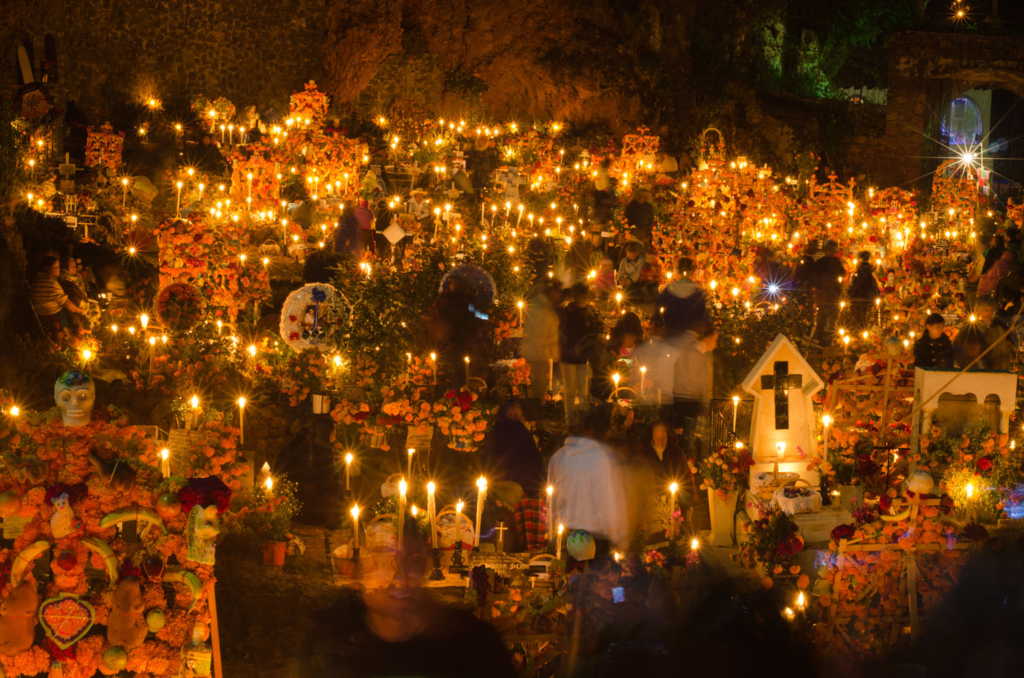
[Photo: Miguel Angel Mandujano Contreras/Wikimedia Commons]
What: Alfeñique Fair
Where: Toluca, Estado de México
In the city of Toluca, in Estado de México state, Día de Muertos celebrations take on a different tone. Here, a traditional fair is held, beginning in mid-October and running until the first days of November. This is the place to find all things Día de Muertos-themed, especially locally made crafts and traditional sweets, like the famous calaveritas de azúcar (sugar skulls).
What: Night of the Radishes
Where: Oaxaca, Oaxaca
On 23 December, a peculiar, 100-year-old tradition plays out in the Zócalo main square of Oaxaca: Thousands of intricately carved radishes are put on display, each sculpted into fanciful shapes ranging from flowers to people, animals, religious figures, buildings and even entire narrative scenes – almost as if they were pieces of wood. Spectators from across Mexico and the world flock here to admire these ephemeral sculptures, one of which will be deemed the most original and best-made radish artwork of the bunch.
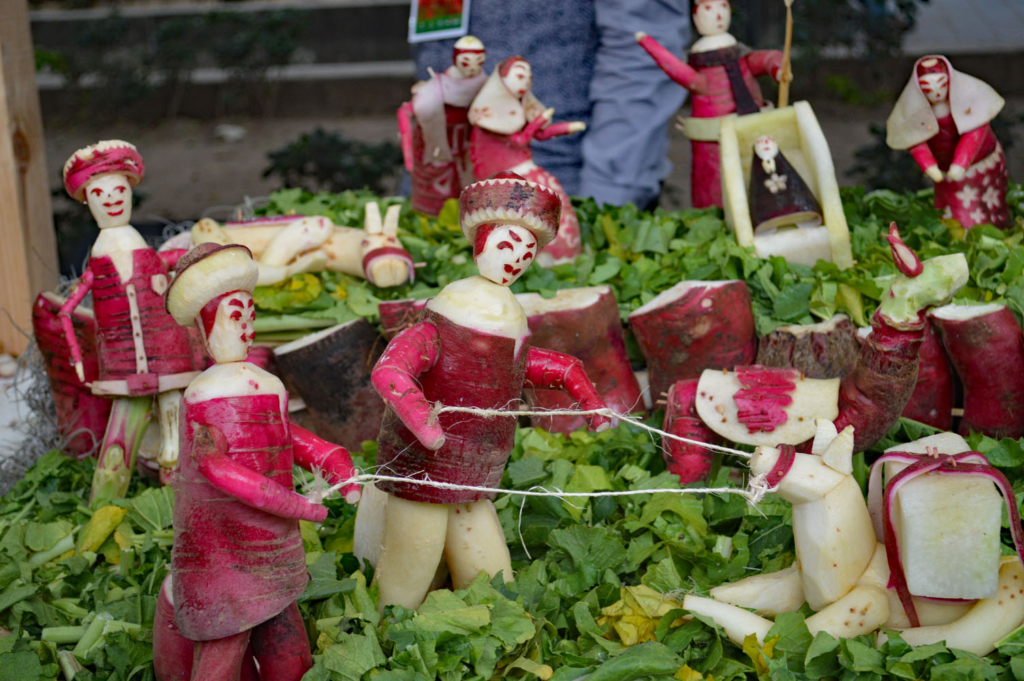
[Photo: Alejandro Linares García/Wikimedia Commons]
What: Gallery Weekend
Where: Mexico City
Mexico City is one of the top places to view and buy high-quality art in Latin America, and as such, the city hosts important art fairs throughout the year such as MACO, Material and ACME. The city also has an impressive collection of galleries and artist collectives, which can be toured during this event on the first weekend of November each year. Of course, we’re talking about one of the largest cities in the world, so to make it manageable, the tours are divided by area; it is almost impossible to visit all areas in a single day, so plan wisely.
What: Los Cabos International Film Festival
Where: Cabo San Lucas
Located in the beautiful coastal region of Baja California, for ten years during the month of November this festival has celebrated the North American film industry. By shining a spotlight on Mexican, American and Canadian cinema, the event seeks to connect Latin American creators with their continental neighbours to the north.
PROMOTION: YOUR INSIDER TIP
Discover Grand Fiesta Americana Los Cabos All Inclusive Golf & Spa
Surrender to paradise at this oceanfront resort with a secluded beach, breathtaking golf course and impressive array of gourmet cuisine by award-winning chef Gerardo Rivera. Click here to book.
About Eréndira Derbez
Eréndira Derbez is an art historian and illustrator, specialising in Mexican art and gender. She is the co-author of No son micro. Machismos cotidianos (Random House, 2020) and the co-founder of Estudio Plumbago, a design and illustration studio in Mexico City. She currently lives between Mexico City and London.

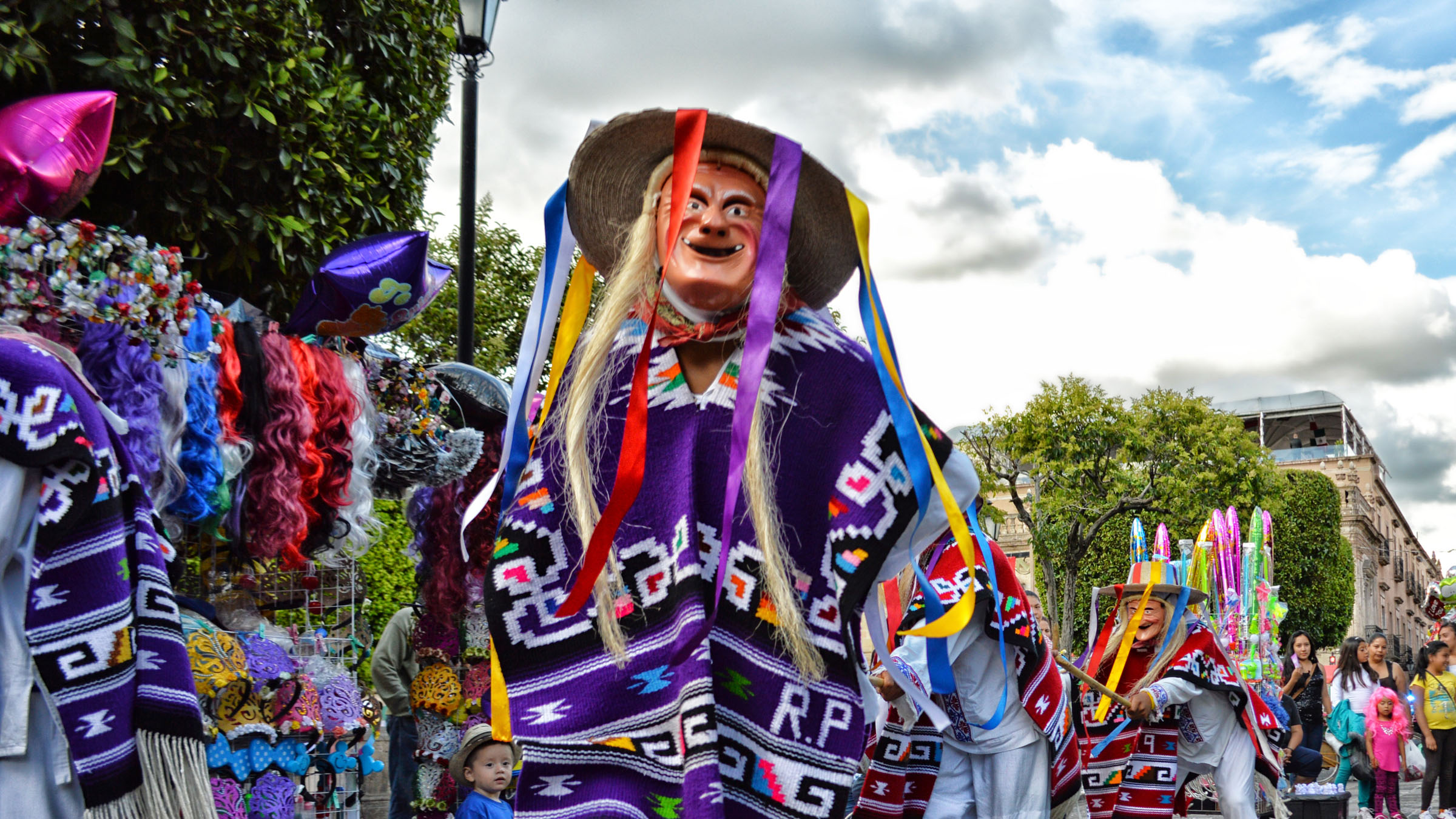

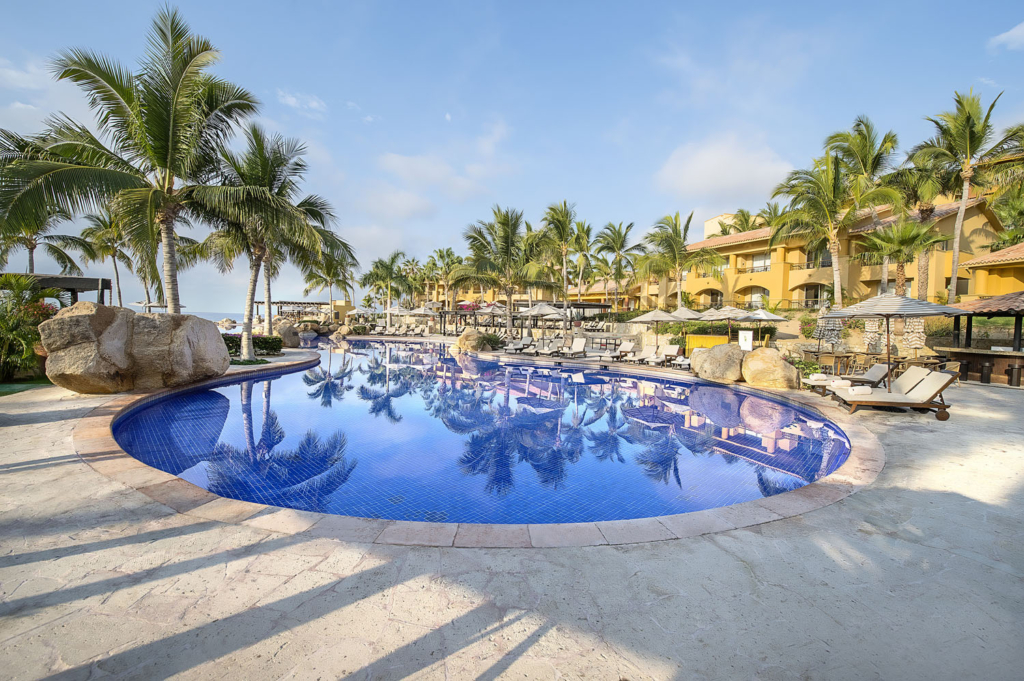
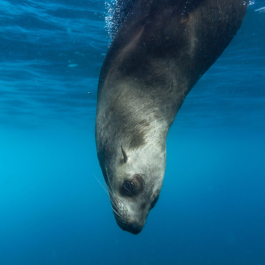
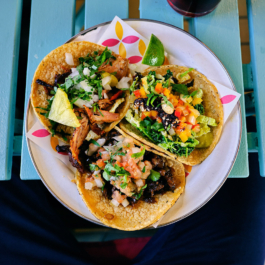
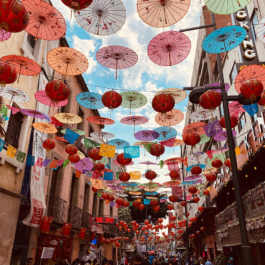
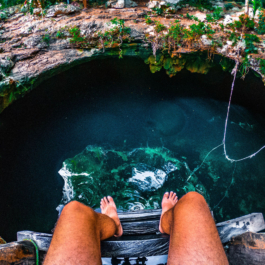
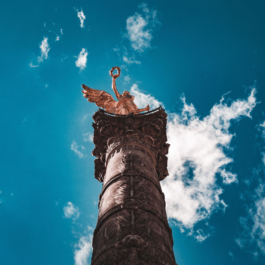
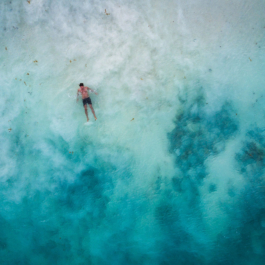
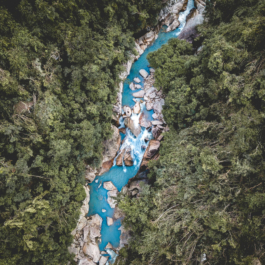
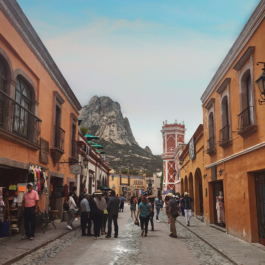

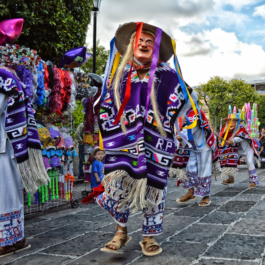
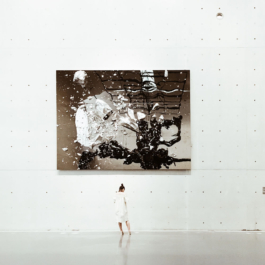
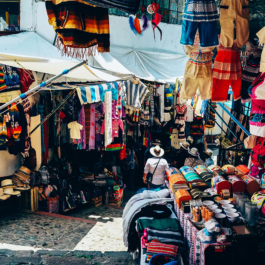
Sorry, the comment form is closed at this time.